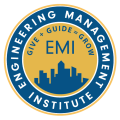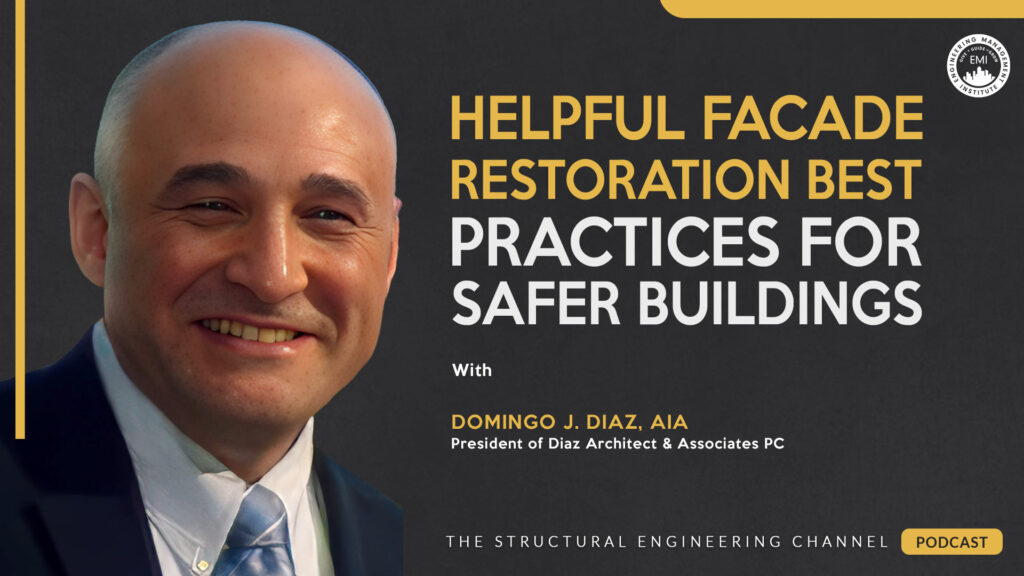In this episode, we talk with Domingo (Dom) Diaz, registered architect, AIA, and president of Diaz Architect & Associates, P.C., about facade restoration best practices and how building owners can stay ahead by prioritizing safety, avoiding costly violations, and making proactive maintenance a smart long-term strategy.
***The video version of this episode can be viewed here.***
Engineering Quotes:
Here Are Some of the Questions We Asked Dom:
- Why are facade and parapet inspections so important, and what makes them critical for building safety and maintenance?
- What structural issues commonly affect parapets and facades, and how do weather and design elements like flashing and relieving angles contribute?
- How do parapet conditions impact compliance with NYC’s Local Law 11 facade compliance guide (FISP), and what should structural engineers be aware of when working on these projects?
- What should building owners know about the upcoming Sub-Cycle 10A deadline in 2025, and how can they prepare using proactive maintenance for commercial buildings?
- What’s the best way for owners to proactively plan for facade maintenance and reduce the risk of expensive emergency repairs?
- How does your restoration approach differ when working on historic buildings versus modern ones, and what are the unique historic building facade maintenance challenges?
- What’s the best way for engineers and architects to collaborate effectively during facade and parapet restoration projects, especially when aesthetics and code compliance are both important?
- What changes or trends are you seeing in NYC’s building codes and facade inspection requirements that engineers and architects should be aware of?
- What questions do property owners usually ask at the start of facade restoration projects?
- What final piece of advice would you give to engineers, architects, or building owners about facade restoration best practices and inspections?
Here Are Some of the Key Points Discussed About Helpful Facade Restoration Best Practices for Safer Buildings:
- Facade restoration best practices involve conducting regular facade and parapet inspections to identify deterioration before it becomes dangerous. Signs of facade and parapet failure should be addressed early to maintain safety.
- Parapets and facades often suffer from cracking, displacement, and corrosion, especially in colder climates where freeze-thaw cycles occur. Poor flashing details, improperly installed relieving angles, and aging connections further contribute to failures that compromise the building envelope.
- Compliance with Local Law 11 depends on recognizing hidden vulnerabilities in parapet design. Engineers must account for older construction methods, lack of redundancy, and the layered nature of parapets to meet code requirements and ensure public safety.
- Owners should begin planning now by evaluating the condition of their facades through both destructive and non-destructive testing. Allowing flexibility in repair plans helps address unforeseen issues and meet compliance requirements without costly delays.
- Preventative maintenance for commercial buildings is critical. Proactive maintenance, such as sealing joints and inspecting parapets regularly, prevents small issues from escalating. This avoids expensive emergency repairs and extends the life of building components.
- When it comes to historic building facade maintenance, a more careful approach is needed that prioritizes preservation while meeting modern code standards. Decisions often involve balancing repair versus replacement and selecting materials that maintain the appearance while improving performance.
- Collaboration improves when teams anticipate hidden conditions and agree on flexible repair scopes early in the process. Effective architect and structural engineer collaboration ensures a smoother workflow, fewer surprises, and results that meet both structural needs and design expectations.
- Current trends call for increased attention to projecting elements like cornices and verification of brick tie integrity. Older components that lack modern redundancy now require greater scrutiny and updated materials to meet safety standards.
- Owners frequently ask if they must act immediately or if repairs can be postponed. Understanding timelines, cure dates, and inspection findings helps them make informed decisions and avoid penalties or future risks.
- It is crucial to work with experienced professionals who understand both design and code requirements. Selecting the right experts for choosing a facade restoration contractor can make a significant difference. Low-cost solutions may seem attractive at first, but often lead to quality issues and higher expenses in the long run.
More Details in This Episode…
About Domingo (Dom) Diaz, Registered Architect, AIA
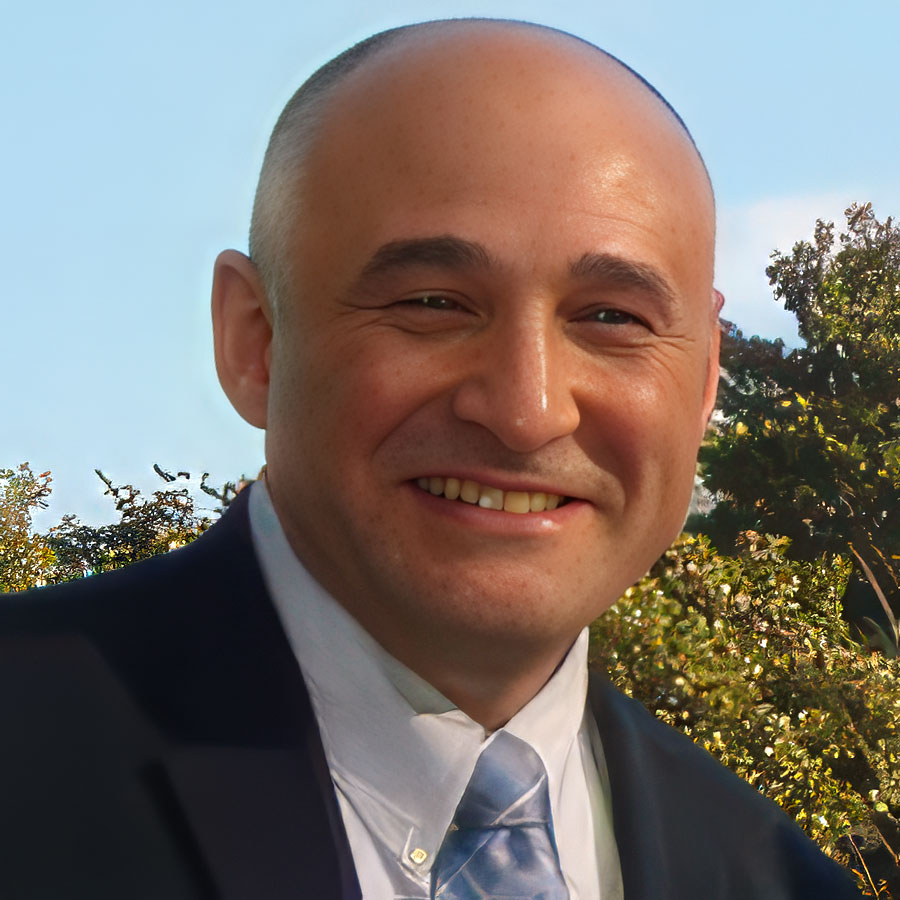
About the Hosts
Mathew Picardal, P.E., SE
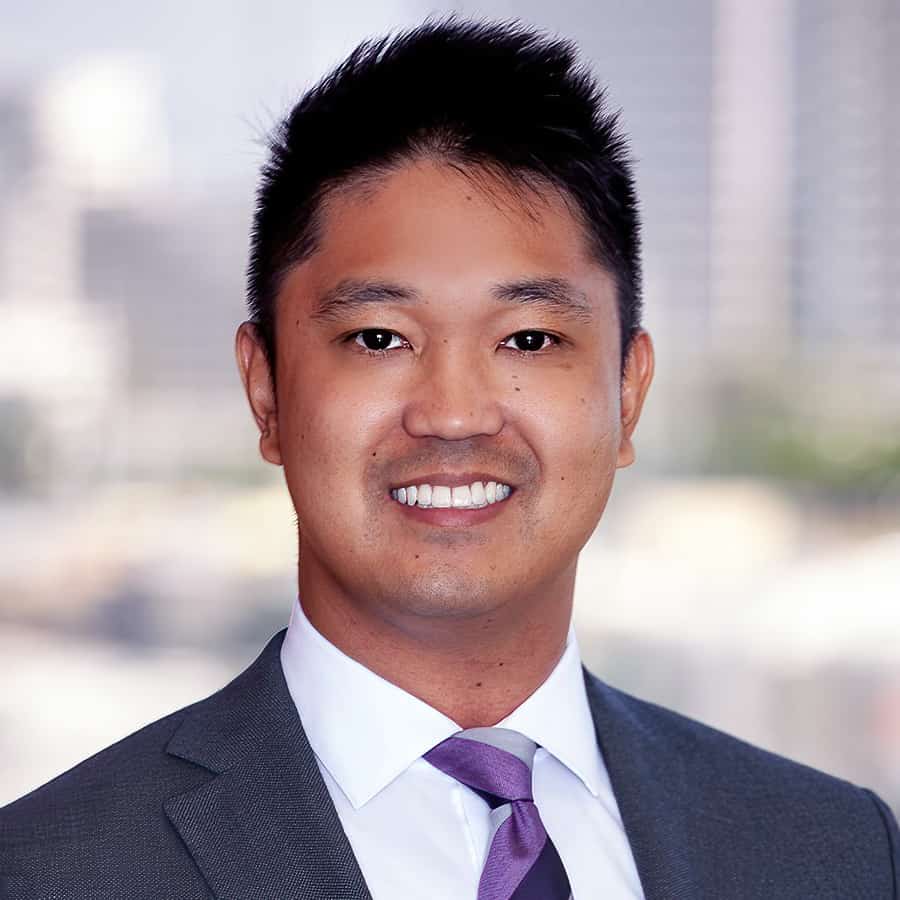
Alexander Daddow, PE, CDT
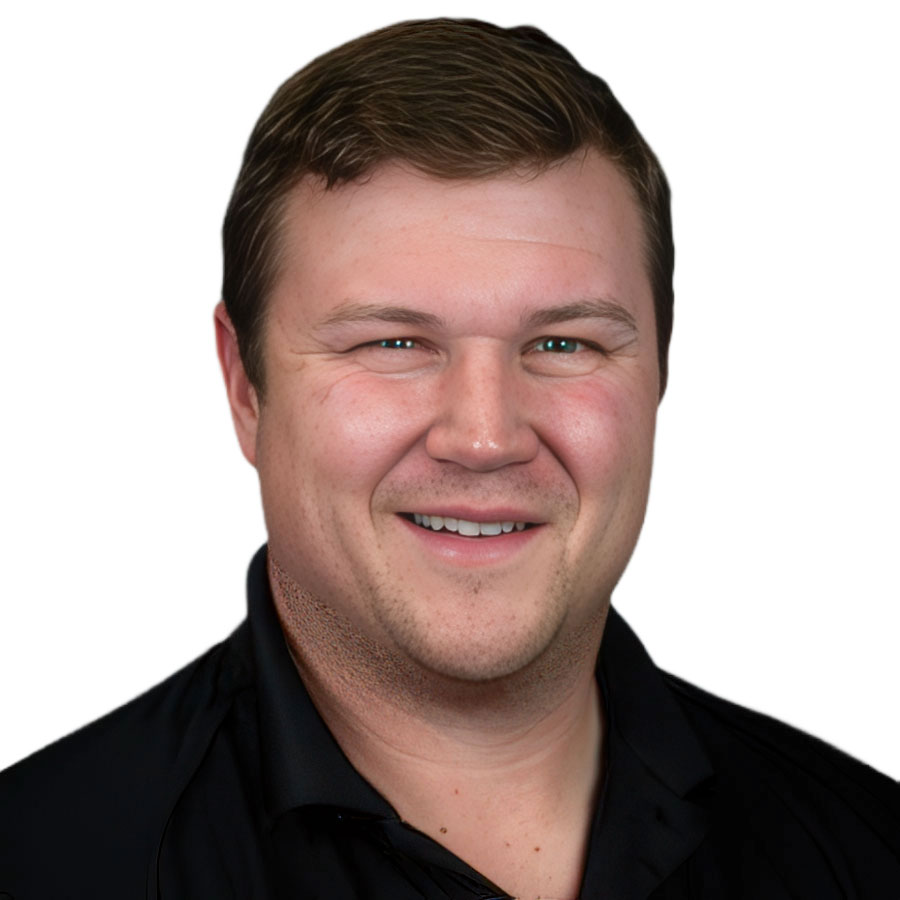
Sources/References:
Diaz Architect & Associates, P.C
Cycle 10A Deadline (2025)
DOB
Connect with Domingo (Dom) Diaz, Registered Architect, AIA, on LinkedIn
Please leave your comments or questions in the section below.
